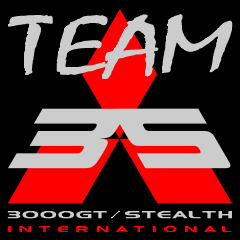
New York - Munich - Portland - San Francisco - Seattle - Stockholm - Vancouver - Zurich

New York - Munich - Portland - San Francisco - Seattle - Stockholm - Vancouver - Zurich
The following is one of a series of
articles by
Fred Langa.
Excerpted from
The LangaList. Used with permission.
![]()
Don't Fall For The Four Myths Of Online Security
|
The Internet is a two-way
street. Just as it's easy for you to connect to other sites, it also may
be easy for others---for hackers--- to connect to your PC. In fact, by
default, many PCs are set up with truly awful online security settings
that can leave the door to your system and your hard drive unlocked and
wide open! |
|
Myth #1: "I'm
not on a network, so my PC is safe." Myth #4: "I use
a firewall, so my PC is safe." |
|
But there are solutions. Using tools you already have, and for free, you can vastly improve your online security--- and that's what my WinMag column is about this week: I'll cover the essentials of how to set up your Internet connections so as not to needlessly create security holes. In future columns, we'll talk about other techniques and products (some also completely free!) you can add to further reduce security problems. With the secure networking foundation I'll show you in the WinMag column, any firewalls or other products you use will only add to an already-safe setup. And, if there turns out to be a problem with your firewall or security software, you won't be left totally exposed to hackers. You won't have all your security "eggs" in one basket! Because this is a column and not a full-blown feature article, Iíll be moving along fast: Check the References listings to follow up on any steps or concepts that arenít clear to you. |
![]()
A One-Minute Primer In Networking Basics
|
If geekspeak makes your eyes glaze over, you may wish to skip
to the next section. But reading this will only take a minute, and will help you understand the "whyĒ of the information in the next section: |
![]()
How to Make Your Connections Safe
|
The information Iíll present here isnít dangerous, but itís
always a good idea to make a backup of critical data on your system before you start making any system changes; and to write down what your settings were so you can restore things if you need to. If youíre on a LAN or if you have special networking needs (such as the need to connect remotely to a corporate LAN or VPN from a home office) talk to your network administrator before implementing any changes. |
![]()
References
LangaList - Free Internet Security Check
LangaList - Another Free Internet Security Check
LangaList - Yet Another Great Free Security Test
Shields Up! Windows Networking 101
Free Personal Firewall Software
Note: This article is one of many by Fred Langa,
VP/Managing Editor of Windows Magazine,
and Editor-in-Chief of Byte Magazine.
For more of the same, join his internet mailing list,
called the LangaList,
from his website:
![]()
![]()
Feedback?†Questions? Comments?
![]()

Copyright © 2000-2004 Langa Consulting, All Rights Reserved.
All Images ©1995-2004 Bob Forrest, All Rights Reserved.